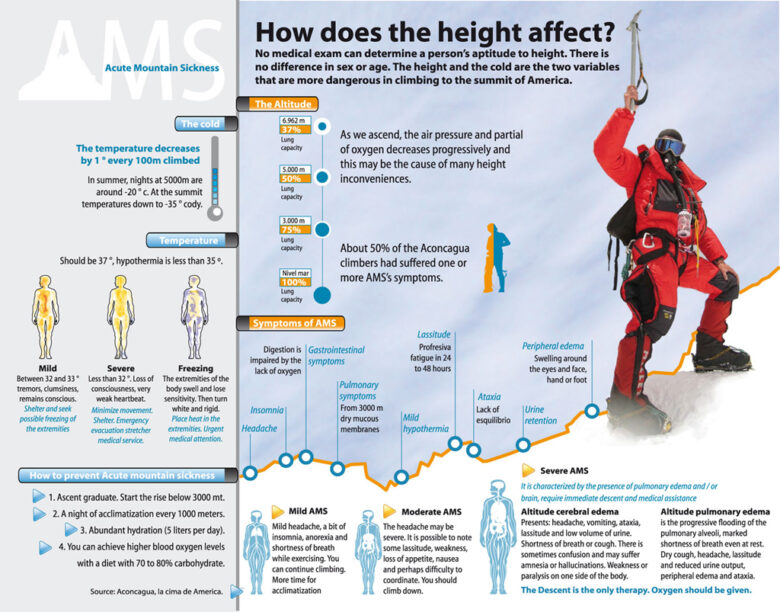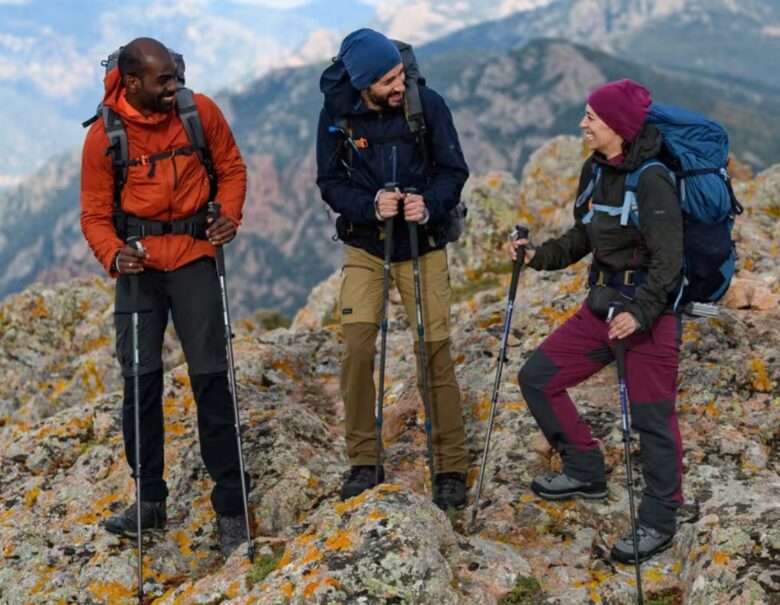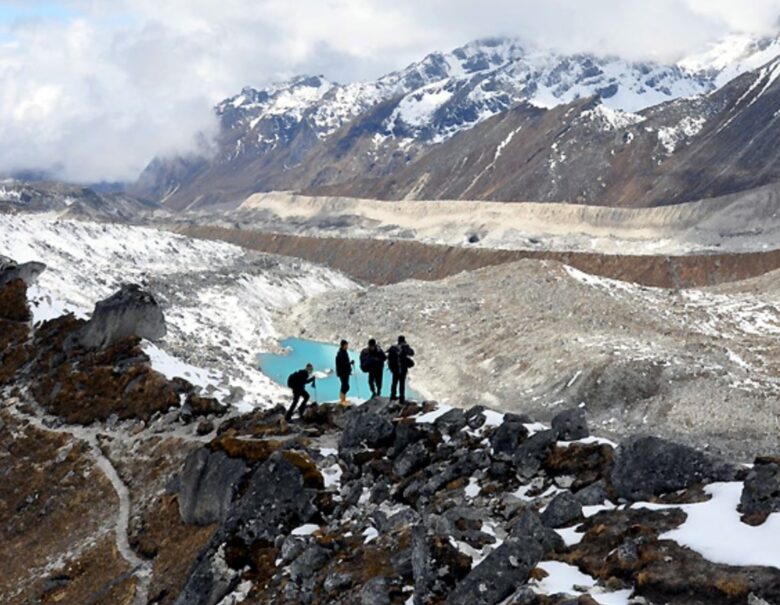Everest Base Camp Trekking is a lifetime dream. To stand at the foot of the world’s tallest mountain, Mt. Everest, and seeing high up is many people’s dream.The EBC Trek has the feel of a true expedition as you fly into the small airport at Lukla and take your first steps on the wooded trail towards the small village of Namche Bazaar.
Thousands of aspirational ramblers have gained valuable experience on this Himalayan route.

Source: forbes.com
Underestimation: Many people underestimate the challenges of this trek. The number of trekkers heading into the Everest region has doubled in the last decade, but businesses in Pheriche and Namche have declined by 40%. Why? Factors include easier access, Everest-related movies, Netflix documentaries, and helicopter services. Unfortunately, this influx has led to a lack of respect for high and extreme altitudes.
Physical and Mental Preparation: Shockingly, I’ve observed poor physical and mental preparation. Some groups rush through the trail, skipping critical acclimatization stops. Fatigue accumulates, and inadequate oxygen at higher altitudes can lead to serious issues.
Respect for Altitude: Spending at least 3 nights in Namche Bazaar (3,440 m/11,300 feet) during the ascent is crucial for acclimatization. Yet, some groups push too hard without allowing their bodies to adjust. Altitude sickness is a real concern.
Mismanagement: The Everest region has suffered from mismanagement by local agencies and unprofessional guides. Racing people up the trails, helicopter rescues, and poor leadership contribute to the problem.
Be Prepared: If you’re considering the Everest Base Camp Trek, be informed and prepared. Spend time acclimatizing, respect the altitude, and prioritize safety. Remember, this trek is for trekkers, not tourists.
Everest Base Camp treks indeed demand thorough acclimatization
The high-altitude journey to the base camp of the world’s tallest peak is not to be taken lightly.

Source: aconcaguatreks.co.uk
Here are some essential considerations:
Altitude Sensitivity: As you ascend, the air thins out, and oxygen levels decrease significantly. Proper acclimatization permits your body to conform gradually. Spend a minimum of 3 nights in Namche Bazaar (at an elevation of 3,440 meters or 11,3 hundred toes) in the course of your ascent. That is essential for adjusting to the altitude.
Appreciate the Altitude: A few trekkers underestimate the outcomes of high altitudes. Altitude sickness may be intense and even life-threatening. Speeding on the trail without allowing your body to alter is a recipe for problems.
Physical and intellectual Preparedness: Health subjects. Teach well before embarking on the trek. Also, mental resilience is essential. The challenging terrain, long hours of walking, and unpredictable weather require mental strength.
Mismanagement Concerns: Unfortunately, the Everest region has faced mismanagement issues. Unprofessional guides, rushed treks, and helicopter rescues contribute to the problem. Choose your trekking agency wisely.
Protection First: Prioritize protection over everything else. Listen to your body requirements, comply with acclimatization pointers, and be organized for converting situations. Don’t forget, this trek is for trekkers, not tourists.
Gear and clothing choices play a crucial role in ensuring a successful and comfortable trip. Let’s dive into some essential travel items and clothing recommendations:
Gear and clothing choices can make or break your trip

Source: alumni.uod.ac
Footwear: Your choice of footwear can indeed make or break your trip.
Consider these options:
Sandals: Opt for comfortable and versatile travel sandals. Look for pairs that are suitable for walking, lightweight, and easy to pack.
Sneakers: A good pair of sneakers provides support and style. Choose ones that work for both city exploration and light hiking.
Comfortable Walking Shoes: If you plan to do a lot of walking, invest in comfortable shoes that won’t leave your feet sore.
Garb essentials:
Versatile Tops: Percent tops that may be dressed up or down. Neutral colorations work nicely for mixing and matching.
Bottoms: Remember lightweight pants, leggings, or tour-friendly denims. Look for wrinkle-resistant fabrics.
Layers: Deliver layers for various weather conditions. A light-weight jacket or cardigan is critical.
Suit: Even if you’re not hitting the beach, a swimsuit can come in handy for decent tubs or surprising water activities.
Headscarf or shawl: A flexible accessory that can upload warm temperature, style, or cowl your shoulders when visiting religious websites.
Underclothes and socks: P.C. Sufficient for your trip duration, and pick out moisture-wicking fabrics.
Hat: Protect yourself from the sun with an extensive-brimmed hat or a cap.
Travel Essentials:
Travel Adapter: Ensure you can charge your devices in different countries.
Reusable Water Bottle: Stay hydrated while minimizing plastic waste.
Travel Towel: Lightweight and quick-drying, perfect for hostel stays or beach trips.
Packing Cubes: Keep your luggage organized and maximize space.
First Aid Kit: Include essentials like band-aids, pain relievers, and any necessary medications.
Safety and Health:
Travel Insurance: Don’t leave home without it.
Sunscreen and insect repellent: Protect your skin from the elements.
Hand Sanitizer: Especially useful during travel.
Prescription Medications: Ensure you have enough for the entire trip. When venturing into the awe-inspiring mountain regions, it’s crucial to be well-prepared and show the utmost respect for the environment.
Here are some essential guidelines to follow:

Source: indianholiday.com
Come prepared and respect this mountain region:
Acclimatize progressively: As you ascend to altitudes, give your body time to regulate. Acute mountain illness (AMS) can be risky, so take it slow and allow your body to rest. Layering is key. The Himalayan weather may be unpredictable. Layering is fundamental.
Invest in moisture-wicking base layers to keep sweat away from your pores and skin. Upload insulating layers like fleece or down jackets for warmth. Finally, a waterproof and windproof outer layer is crucial to defend against rain, snow, and wind.
Conclusion
When you are planning an Everest Base Camp trek, respect the altitude, acclimatize properly, and revel in the breathtaking Himalayan vistas.
Keep in mind that each person’s needs are specific, so adapt this listing to your nonpublic style and alternatives. The key is to strike a balance among comfort, functionality, and style. For extra-specific packing publications and guidelines, check out our favorite journey blogs and resources.
Whether or not you’re embarking on a brief vacation or an extended-term journey, considerate packing can make all the distinction.
